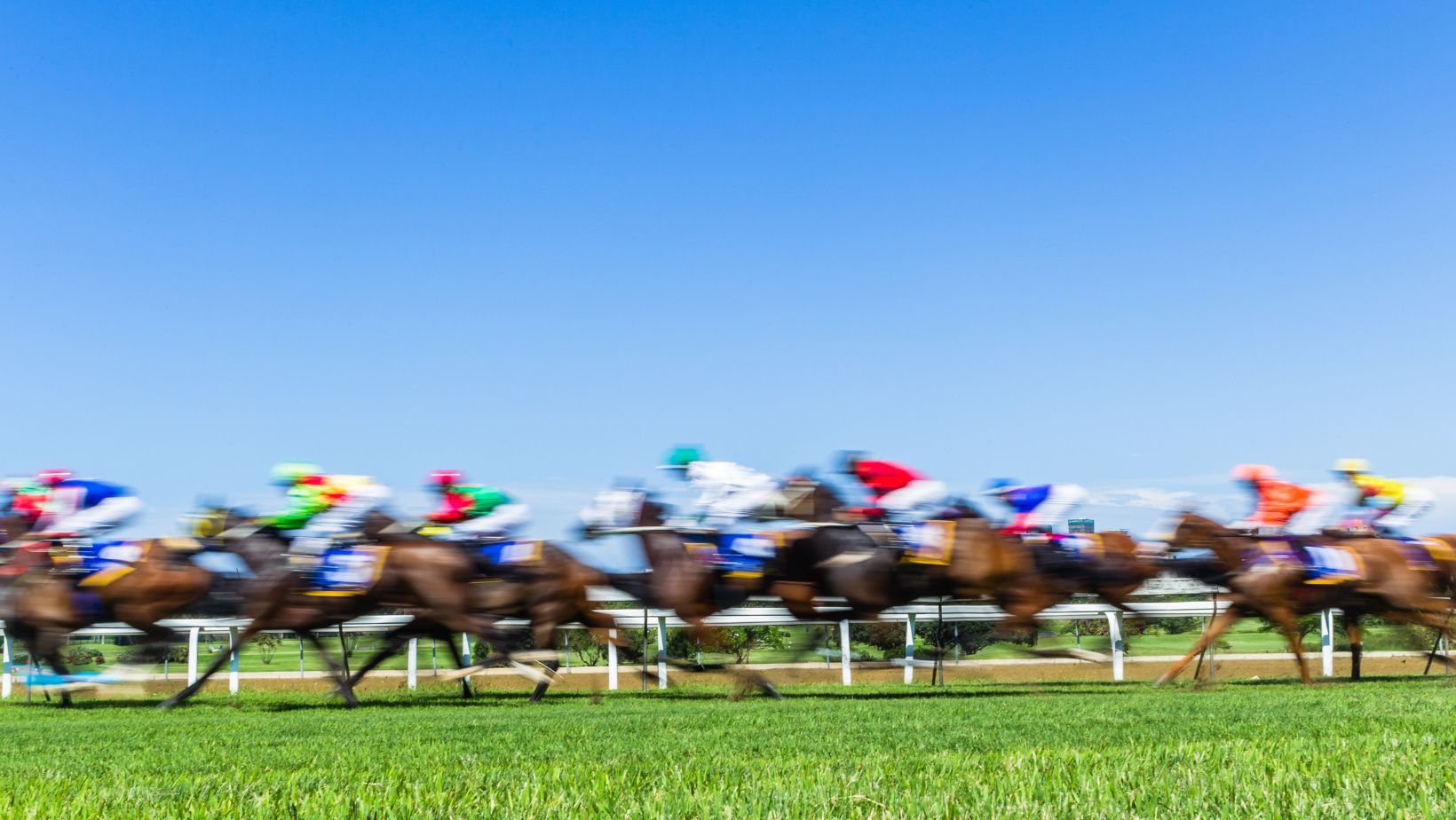The Melbourne Cup isn’t just any horse race; it’s the race that stops a nation. Held annually, millions of eyes turn to Flemington Racecourse, where Melbourne Cup legends are made. But what separates a winner from the rest of the field? Luck? Skill? Or something more?
Turns out, Melbourne Cup champions share some striking similarities. If you’re betting to get a sizeable prize money, breeding, or just fascinated by the race itself, these stats could change how you see the Cup forever. Check them out below.
Age Matters: Prime Years for Champions
You might think younger horses have the edge with their fresh legs and fiery spirit. But history says otherwise.
Most Melbourne Cup winners are usually between five to six years old. In fact, more than half of all the winners in recent years fell into this age bracket.
Why? Experience. These horses have raced enough to handle the pressure but aren’t past their prime yet.
Younger horses aged three to four years are said to lack the stamina for high-demand races like the Melbourne Cup. Meanwhile, older ones may struggle with recovery.
So, if you’re planning to bet on a particular contender, check that birth certificate.
Weight Carries the Win: The Handicap Sweet Spot
The Melbourne Cup is a handicap race, meaning better horses carry more weight to level the field. But there’s a Goldilocks zone for winning weights.
Between 52kg and 56kg is ideal. A large number of winners in the past decades carried weight in this range. Too light (under 52kg)? The horse might lack class. Too heavy (over 57kg)? Even champions can buckle under the extra load.
Remember Makybe Diva? She won three times, but her last victory in 2005 was with 58kg, a rare exception proving the rule.
Before placing a bet, make sure to look into reputable resources like Melbourne Cup racing sites, official social media accounts of horse handlers, and so on for reliable information.
Pedigree Power: Breeding for Endurance
Not all racehorses are built for the Melbourne Cup. This is a marathon, not a sprint.
Winners often come from staying bloodlines of sires and dams known for endurance. Look for names like:
- Galileo (sire of 2019 winner Cross Counter);
- High Chaparral (sire of 2015 champ Prince of Penzance); and
- Montjeu (sire of 2010 winner Americain).
If a horse’s family tree thrives in track races, they’re a serious contender.
Prep Races: The Winning Formula
You don’t just wake up and win the Melbourne Cup. Champions usually follow a proven prep path.
Key lead-up races include:
- The Caulfield Cup;
- The Herbert Power Stakes;
- The Geelong Cup; and
- The Lexus Stakes.
Horses that place awards in these races often peak just in time for Flemington. Vow And Declare in 2019 won the Lexus before his Cup triumph. On the other hand, Without A Fight snagged the Caulfield Cup-Melbourne Cup duo wins in 2023.
Barrier Blues: Does Draw Position Matter?
Some say barrier draw is everything. Others call it overrated. So, what’s the truth?
Middle gates (five to 15) are said to have the best strike rate. Too far inside (one to four), and your horse is said to be in a trapped position. Too wide (16+), and they burn energy early to find the winning position.
But exceptions exist. Delta Blues (2006) won from barrier 18, and Brew (2000) triumphed from gate 19. Still, if you’re betting, avoid extreme draws.
Jockey IQ: The Winning Mindset
A great horse needs a great rider. The best jockeys know the Cup’s rhythm of when to hold back and when to strike.
Names like Glen Boss (Makybe Diva’s jockey) and Michelle Payne (first female Cup-winning jockey in 2015) didn’t just ride, they outsmarted the field.
Key jockey traits in Cup winners include the following:
- Patience (they don’t lead too early);
- Positioning (they avoid traffic jams); and
- Timing (they launch at the right moment).
If a top jockey is aboard, take notice.
Track Conditions: Firm or Soft?
Melbourne’s weather is unpredictable. Some horses love firm ground, others thrive in soft going.
Most winners prefer Good to Firm tracks. But if rain hits, watch for mudlarks—horses with form on wet tracks.
Fiorente (2013) won on a Good 4, while Rogan Josh (1999) loved it Heavy. Always check the forecast before locking in your pick.
International Invasion: The Foreign Factor
Once dominated by Aussie horses, the Cup is now a global showdown.
 Since the new millennium, over half the winners were internationally bred. Why? Europe’s staying bloodlines plus targeted Cup prep.
Since the new millennium, over half the winners were internationally bred. Why? Europe’s staying bloodlines plus targeted Cup prep.
Aside from that, trainers from overseas have cracked the code.
If a foreign raider has strong racing form, they’re a huge threat to the others in the field.
Odds and Market Moves: Betting Clues
Favorites win about 30% of the time, but don’t ignore value picks.
Look for:
- Horses shortening in odds;
- Each-way value;
- First-up imports; and so on.
Prince Of Penzance (2015) paid $101—proof that shocks happen.
The X-Factor: When Stats are not Enough
Sometimes, the Melbourne horse race and other pastimes defy logic. A longshot wins. A favorite flops.
But if you combine age, weight, breeding, prep, and jockey skill, you’ll spot the real contenders for the Cup’s top award.
Final Verdict: Cracking the Cup Code
The Melbourne Cup isn’t just a lottery. Winners share key traits proven by decades of data.
Next time you study the field, ask the following questions. Is the horse five to six years old? Is the weight between 52kg-56kg? Does the pedigree suit the Melbourne Cup’s conditions? Did they perform well in lead-up races? And is the jockey a Cup specialist?
Nail these, and you might just pick the next champion.

